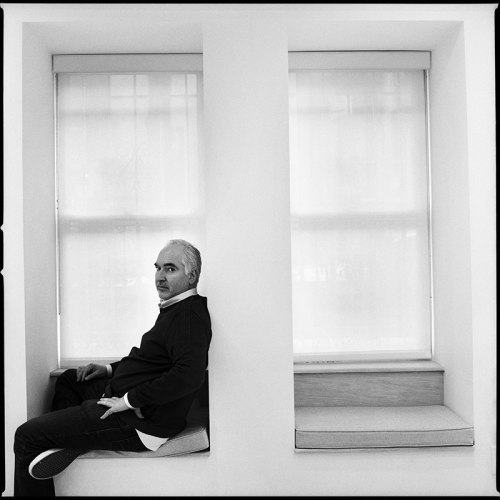For this edition of Independent New York, first-time exhibitor Franklin Parrasch Gallery will present works by John Altoon, Ken Price, and Mark Gonzalez. The three artists are emblematic of the gallerist’s interest in the migration of ideas and aesthetic development as expressed by a wide range of artists, many of whom have connections to Los Angeles. In the early 1960s, Altoon, based in Los Angeles, developed a form of surreal abstraction, with anthropomorphic and zoomorphic figures engaging in psychosexual scenarios. Price, a friend and colleague of Altoon's, shaped sinuous, jewel-like ceramics occupying the delicate liminal space between the elegant and obscene. Working a few decades later, the Los Angeles-born, New York-based Gonzalez—a professional skateboarder since the early '80s—draws on aspects of skate culture and aesthetics in his work, which includes drawing, painting, sculpture, performance, and poetry.
Here, Parrasch reflects on how the art world has changed since he opened his gallery three decades ago.


